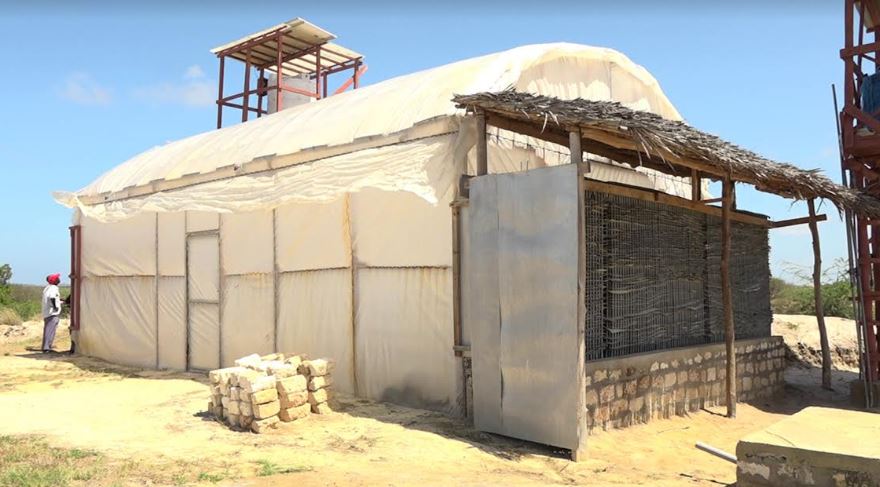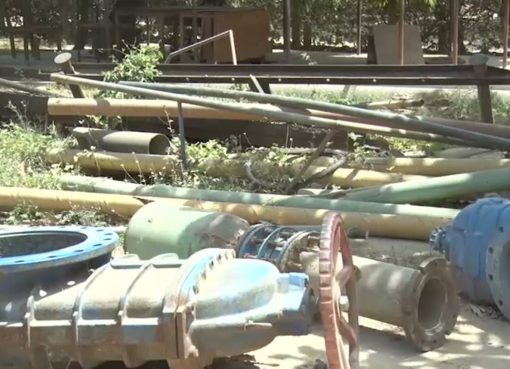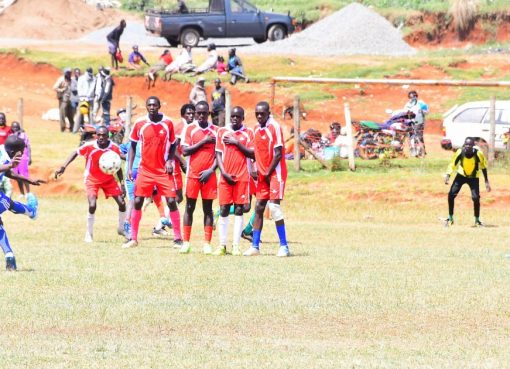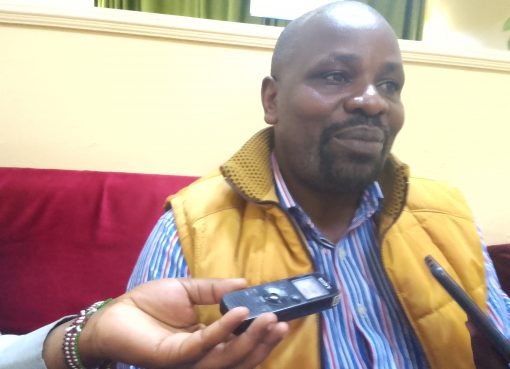The Kenya Marine and Fisheries Institute (KMFRI) is piloting a saline water purifying technology that could revolutionise agriculture in arid and semi-arid areas of Kenya.
The technology also aims at producing lithium, a natural element used in the manufacture of lithium metal and lithium-ion batteries, heat-resistant glass and ceramics, and lithium grease lubricants, among others.
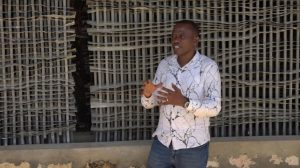
Known as the Seawater Greenhouse Technology and Lithium Mining from Saltworks Project, the technology is being piloted in the Kadzuhoni area of Magarini Sub County, Kilifi County, and is one of two such projects in Africa; the other is being piloted in Somalia.
Dr. Joseph Nyingi Kamau, a research scientist at KMFRI, says that the technology is feasible in areas that have huge amounts of saline water, strong winds, and high temperatures, such as Turkana.
The research scientist explains that the saline water from the sea or aquifers is sprinkled on an evaporator setup erected on a greenhouse that is constructed using local paper materials to form two radiator-like structures: the evaporator on the windward side and a condenser on the opposite side, while the roof and the other sides are covered by polythene materials.
He says that the windy environment provides a gust of wind flow into the greenhouse, which evaporates the water from the evaporator into the greenhouse and flows to the other end, where it passes through a heat exchanger to warm the humid air.
The researcher adds that the humid air then passes through a condenser, where it condenses and is collected in a reservoir, ready to be used to water crops and for domestic purposes.
Dr. Kamau says that there are only two seawater greenhouse pilot projects in Africa: Kadzuhoni in Kenya and Hargeisa in Somalia. However, the technology has been heavily employed in Australia and Oman.
The researcher explains that the technology thrives in hot, windy regions such as Bamba in Kilifi County and Turkana, which he says have vast water aquifers but whose water has a very high salt content and is not useful for drinking or for agricultural purposes.
He notes that the seawater greenhouse intervention is being implemented under a global project called SALT-MINE, which consists of a consortium of scientists from Kenya, Norway, Tanzania, Somalia, and South Africa.
“The project has two key deliverables: to pilot a seawater greenhouse and to develop a cost-effective technology to enable lithium extraction from salt brine,” he says, adding, “There is a high demand for the element lithium, fuelled by the exponential demand from the lithium-ion battery industry.”
According to him, about four billion people currently live in conditions of severe water scarcity for at least one month per year, a situation exacerbated by the impact of climate change, more so in arid areas where food production is severely limited by lack of affordable irrigation water.
He says the system provides an oasis effect that allows for the establishment of an orchard in the area next to the seawater greenhouse where the humid air exhausts.
He notes that the residue left after the evaporation process is used to develop a cost-effective technology to enable lithium extraction from salt brine.
“There is a high demand for the element lithium, fuelled by the exponential demand from the lithium-ion battery industry,” he says.
Kadzuhoni residents welcomed the pilot project, saying it had created job opportunities for locals and that many more employment opportunities would be created once the project was fully operational.
William Kombe Fikiri, whose shamba project is being implemented, is upbeat that his economic prospects are high, as he would take advantage of the project to carry out irrigation.
By Emmanuel Masha


